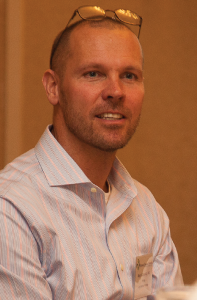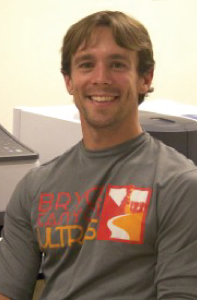Baccalaureate Partner Institutions (BPIs)
Research Coordinators

Dr. Mark Lubkowitz
Lead Coordinator / St. Michael's College, Department of Biology

Dr. Rick Bunt
Middlebury College

Dr. Andrew Vermilyea
Vermont State University - Castleton, Jeffords Center

Lynn Arnold
Landmark College

Dr. Greg Petrics
Vermont State University - Lyndon and Johnson

Jarod Waite
Community College of Vermont

Dr. Darlene Olsen
Norwich University, Associate Professor Mathematics
